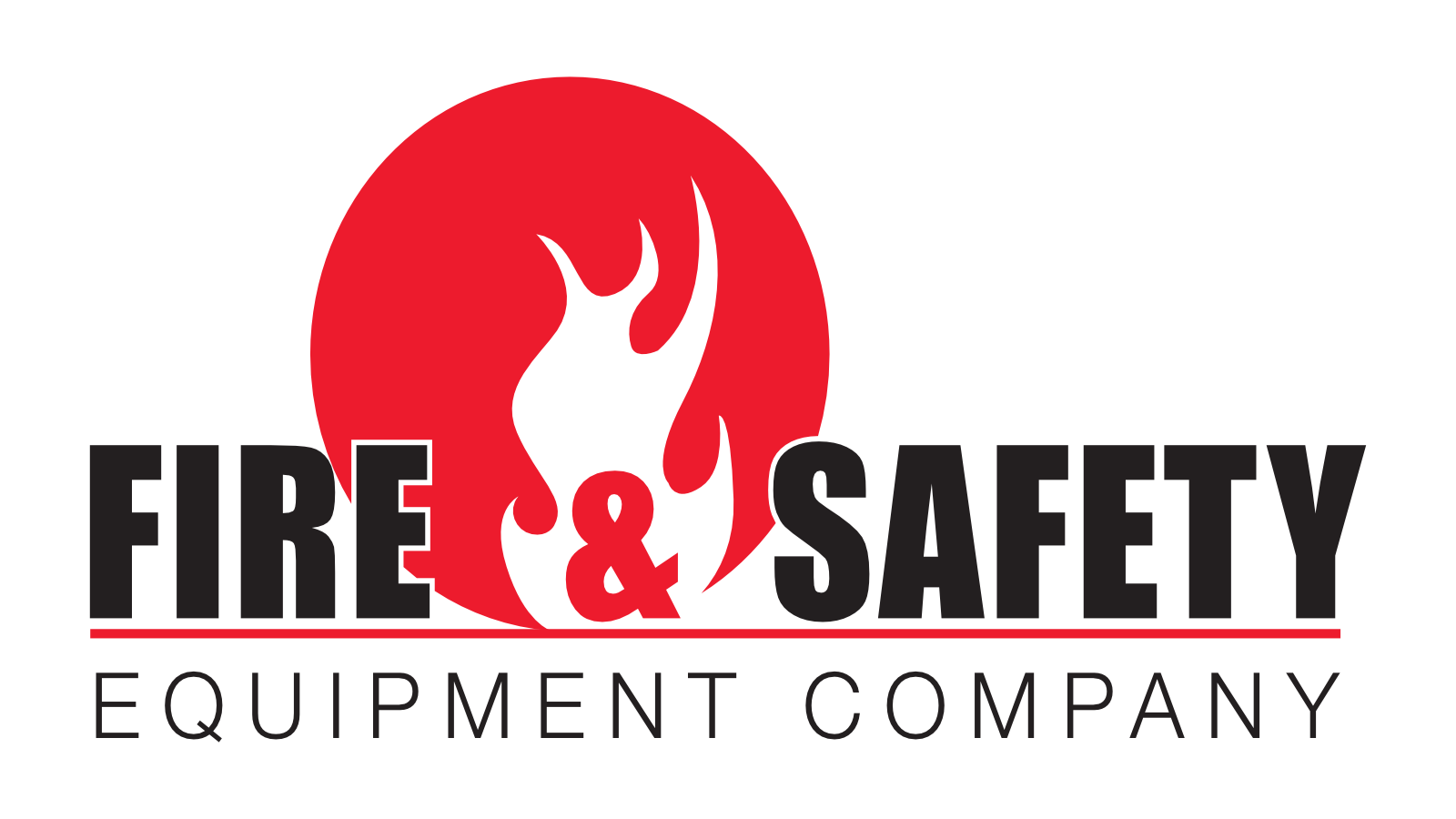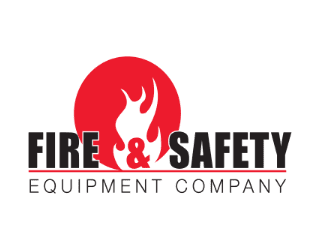THE HAZARD COMMUNICATION STANDARD (HCS)
The Hazard Communication Standard (HCS) is aligned with the Globally Harmonized System of Classification and Labeling of Chemicals (GHS). Hazcom ensures chemical safety in the workplace. It gives employees the right to know what hazardous substances are stored and used at the facility. We can help you write your Hazcom plan and make sure you are compliant with labeling, training, and employee safety.
Cost: For a personalized quote please contact our office at 434-993-2425 x1 or Training@fireandsafety.com
Hazard Communication Standard
In order to ensure chemical safety in the workplace, information about the identities and hazards of the chemicals must be available and understandable to workers. OSHA’s Hazard Communication Standard (HCS) requires the development and dissemination of such information:
Chemical manufacturers and importers are required to evaluate the hazards of the chemicals they produce or import, and prepare labels and safety data sheets to convey the hazard information to their downstream customers;
All employers with hazardous chemicals in their workplaces must have labels and safety data sheets for their exposed workers, and train them to handle the chemicals appropriately.
Proper Training Under the HAZCOM Standard
Employees are to be trained at the time they are assigned to work with a hazardous chemical. The intent of this provision (1910.1200(h)) is to have information prior to exposure to prevent the occurrence of adverse health effects. This purpose cannot be met if training is delayed until a later date.
The training provisions of the HCS are not satisfied solely by giving employee the data sheets to read. An employer’s training program is to be a forum for explaining to employees not only the hazards of the chemicals in their work area, but also how to use the information generated in the hazard communication program. This can be accomplished in many ways (audiovisuals, classroom instruction, interactive video), and should include an opportunity for employees to ask questions to ensure that they understand the information presented to them.
Training need not be conducted on each specific chemical found in the workplace, but may be conducted by categories of hazard (e.g., carcinogens, sensitizers, acutely toxic agents) that are or may be encountered by an employee during the course of his duties. Furthermore, the training must be comprehensible. If the employees receive job instructions in a language other than English, then the training and information to be conveyed under the HCS will also need to be conducted in a foreign language.
Hazardous Waste Operations and Emergency Response
There are three levels for HAZWOPER training as listed in the OSHA 1910.120 regulations. The first level for pertains to emergency response. The second level is clean up of contaminated hazardous waste sites and the last level pertains to the treatment, storage and disposal (TSD) of hazardous waste. Within these 3 categories are various job functions and training requirements. Each of these levels offer HAZWOPER certification for the different job functions.
- Emergency Response
- Cleanup of Contaminated Hazardous Waste Sites
- Treatment, Storage and Disposal (TSD) of Hazardous Waste
Training for OSHA 29 CFR Subpart H 1910.120
OSHA’s HAZWOPER Standard
The Hazardous Waste Operations and Emergency Response Standard (HAZWOPER) applies to five distinct groups of employers and their employees. This includes any employees who are exposed or potentially exposed to hazardous substances — including hazardous waste — and who are engaged in one of the following operations as specified by 1910.120(a)(1)(i-v) and 1926.65(a)(1)(i-v):
clean-up operations — required by a governmental body, whether federal, state, local, or other involving hazardous substances — that are conducted at uncontrolled hazardous waste sites;
corrective actions involving clean-up operations at sites covered by the Resource Conservation and Recovery Act of 1976 (RCRA) as amended (42 U.S.C. 6901 et seq.);
voluntary clean-up operations at sites recognized by federal, state, local, or other governmental body as uncontrolled hazardous waste sites;
operations involving hazardous wastes that are conducted at treatment, storage, and disposal facilities regulated by Title 40 Code of Federal Regulations Parts 264 and 265 pursuant to RCRA, or by agencies under agreement with U.S. Environmental Protection Agency to implement RCRA regulations; and
emergency response operations for releases of, or substantial threats of releases of, hazardous substances regardless of the location of the hazard.

